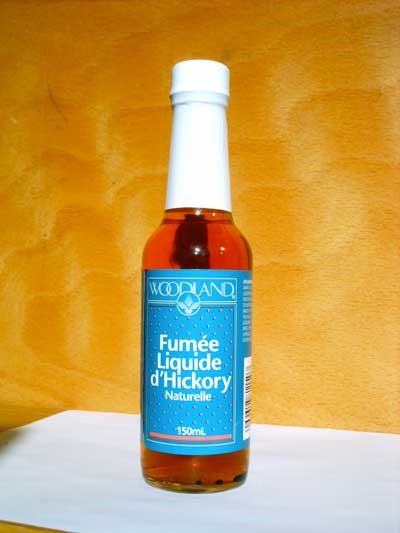Materials and Products
Key Points
- Bio-oils and bio-crudes are rich sources of a variety of bio-based chemicals and products
- Despite the primary thermal treatment many chemical functionalities of biomass remain avialable in the liquids
- Chemicals should come from biomass if we are to replace petroleum
- Fractionation of liquids can be intergal part of the primary processing or added downstream


Further Reading
- Pyne 46: Monique about valorisation of pyrolytic fractions
- PyNe 41: Mullen on co-products; Rover on phenolic oils; Elkasabi on co-product coke; Brown on fractional condensation.
- PyNe 40: Sandstrom/Johansson on fractional condensation.
- PyNe 39: Feng/Meier on supercritical CO2 extraction of products; Sanna on compounds from catalytic pyrolysis;
- PyNe 32: Heeres about roofing material


Materials and Products
Bio-oil and biocrude are a rich source of renewable chemical products and/or raw materials for biobased products. The single chemical product (fraction) commercially recovered from bio-oil is smoke flavourings, also known as ‚Liquid Smoke‘. It has been produced and recovered since the 1990s by the Red Arrow Products Company LLC in Wisconsin, USA using the fast pyrolysis technology of Ensyn. In fact, chemicals represent the first application of fast pyrolysis oil.
The separation of pure components as products has been considered an important potential use, but actual commercial application has not been achieved. A first separation of bio-oil into functional fractions has been investigated widely and basically two different approaches can be distinguished, being i) fractional condensation to produce multiple products during primary conversion, and ii) fractionation of the liquid after condensation. Subsequently, each of the fractions can be used as raw material for biobased products, used as a feedstock for further processing or as a fuel. Basically, the food flavoring mentioned above is a good example: only the aquous part is used for the flavoring, the heavy lignitic part is used as a boiler fuel.


